Meet Farmers Weekly’s new Arable Insights farmers for 2024
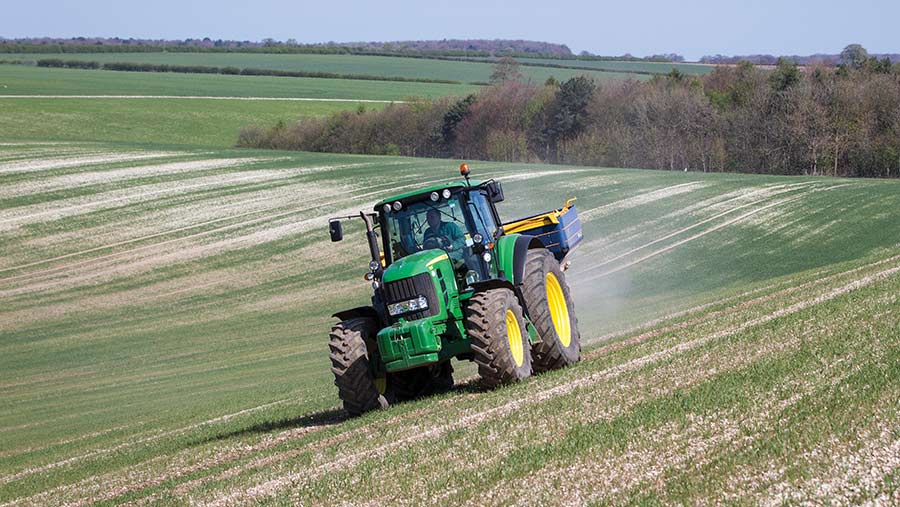 © GNP
© GNP The Arable Insights farmer panel, our barometer on arable issues, is back for 2024 with eight new farmers from across the country. Here is an introduction to their arable businesses.
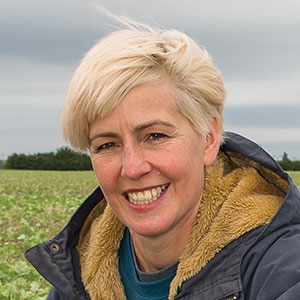
Tamara Hall © Tamara Hall
North: Tamara Hall, Molescroft Farm, Beverley, Yorkshire
Farm size 680ha
Cropping Winter wheat, OSR, spring barley, spring beans, combining peas, spring oats, miscanthus and Mid Tier Stewardship
Favourite piece of kit Guttler Super-Maxx shallow cultivator
Running a sustainable and ethical business without endangering the farming operation is a key aim for Tamara Hall at Molescroft Farm.
Fortunately, those two key aims have also combined to be good for farm finances.
See also: Arable Insights farmers give barometer on spring nitrogen plans
The farm mostly employs direct drilling and uses companion and cover crops to improve soil health, which is important as the farm has a lot of low-lying and hence wet land.
Spring cropping makes up about a third of the area, with 125ha in Mid Tier Stewardship.
Diversifications on the farm include a children’s nursery, offices and dog walking fields, reducing reliance on farm income.
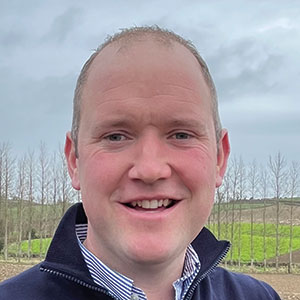
Neill Patterson © Neill Patterson
Northern Ireland: Neill Patterson, Cottage Farm, Downpatrick, County Down
Farm size 260ha
Cropping Winter wheat, winter barley, forage maize, spring beans
Favourite piece of kit Claas Trion combine
Working alongside his uncle, Neill Patterson establishes crops using a tried-and-trusted plough and one-pass system and a full agronomy programme.
It’s a system that performs consistently well on the farm, with soils also receiving manure from the 75,000-chicken broiler unit, farmed on contract for Moy Park.
High yields are crucial to maintain a healthy margin, but input prices are challenging costs of production, and therefore agronomy spend, on the farm. Good organisation and attention to detail are key requirements for Neill.
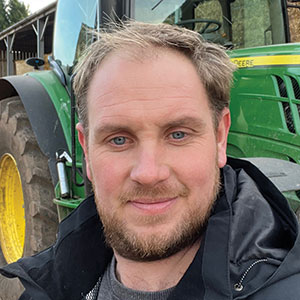
Rob Atkin © Rob Atkin
West: Rob Atkin, Atkin Farms, Field, Uttoxeter, Staffordshire
Farm size 440ha
Cropping Winter wheat, OSR, winter and spring barley, beans, maize, grass, hemp, flax, Mid Tier Stewardship
Favourite piece of kit Combine or drill
Atkin Farms is 50% owned, with the remaining 50% rented on a long-term Farm Business Tenancy.
Rob Atkin establishes crops mostly using min-till or strip-till using cover and companion crops, livestock and a mixed rotation to grow cereals and pulses cost-effectively, while reducing input costs and chemical reliance.
In the short term, like many, he says the challenge will be to manage backward and patchy crops this spring.
In the longer term, it is deciding whether the Sustainable Farming Incentive is viable on his farm and looking for other sources of income from diversification or alternative markets or crops.

Tom Carr © Tom Carr
South: Tom Carr, Southwick Estate, Fareham, Hampshire
Farm size 1,296ha
Cropping Winter wheat, winter and spring barley, OSR, forage maize, spring oats, Westerwold ryegrass, grass
Favourite piece of kit Fendt 724 tractors
While Southwick Estate has a long history, it has been farming in-hand for only the past four years, with arable, a beef suckler herd and dairy enterprises.
Bordered by large population centres on three sides, farm manager Tom Carr hopes that, while challenging, the location could provide opportunities for direct selling.
Agronomically, blackgrass is becoming a test after a difficult 2023, with rotational changes already made to help use cultural and chemical options on the worst fields.
Maintaining enterprise profitability and ensuring all the estate’s products deliver a margin is another key challenge, with rising costs and unpredictable weather, so he is looking at adding value to estate products, as well as different crops such as miscanthus and a vineyard.
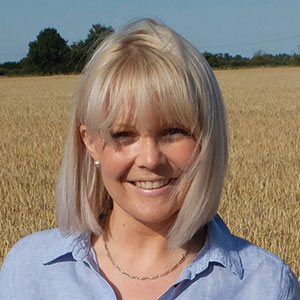
Heather Oldfield © NFU
East Midlands: Heather Oldfield, Two Hundreds Farm, Kirton Drove, Lincolnshire
Farm size 200ha arable and beef enterprise
Cropping Winter wheat, spring barley and Mid Tier Stewardship
Favourite piece of kit Horsch Avatar 12m drill
The bottom line on the balance sheet, rather than aiming for record yields, is the aim for Heather Oldfield and her husband Tom.
That has led to a low-input system, while still aiming for the highest possible output on the farm’s predominantly heavy clay land, which also has some seams of silt.
The farm works with JH Casswell and Son in a contract farming arrangement, which provides access to newer, larger machines, greater knowledge and a good team of people – which wouldn’t be justifiable on the size of the farm alone.
Remaining competitive and innovative will be crucial as farms in the area increase in size, which could lead to further diversification.
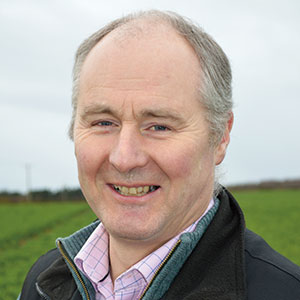
David Fuller-Shapcott © David Fuller-Shapcott
Scotland: David Fuller-Shapcott, JN Fuller-Shapcott & Co, Sweethope Farm, Kelso
Farm size 369ha
Cropping Winter wheat, winter barley, oilseed rape, spring barley, spring oats, arable silage, temporary and permanent grassland, Agri-Environment Climate Scheme (AECS)
Favourite piece of kit Horsch CO4 drill or Amazon UX3200 trailed sprayer
Farming on the northern edge of the Tweed Valley, David Fuller-Shapcott has to cope with a soil type that gives a short growing season – the soil is slow to warm up in the spring and quick to cool with autumnal rain.
He’s using a “less is more” style – reducing inputs and cultivations to head towards a low-input regenerative system, while trying to maintain outputs and keep horsepower down.
The main challenge for 2024 is recovering from the difficult autumn, with only two-thirds of the wheat area sown and one-third of that already written off. Increased spring barley area is one result of the problems.

Dougal Hosford © Dougal Hosford
South West: Dougal Hosford, JHR Hosford, Travellers Rest Farm, Blandford, Dorset
Farm size 800ha
Cropping Winter wheat, spring barley, winter barley, OSR, spring beans, winter linseed, wild-farmed cereal/pulse blends, millet, cover crop seed plots, Mid Tier Stewardship and SFI 2023
Favourite piece of kit Sky Easy Drill
“Slightly mad, open-minded and keen to make a difference” is how Dougal Hosford describes his farming style, with regenerating the soil a priority.
He hopes this will lead to more nutrient-dense food as well as a more resilient and biologically active soil.
Dougal has farmed the rented property with his brother George for the past 37 years and has recently been joined by his son Fred.
The farm has both arable and suckler beef enterprises, with both farmed using regenerative principles.
This includes mob-grazed herbal leys, grazed multispecies overwintered cover crops, direct drilling, no insecticides, less N, reduced fungicides, no plant growth regulators and a recently created on-farm compost system.
He says his challenges include getting his head around exactly what he’s trying to achieve while at the same time making a different system stack up financially.
There is a chance that income will fall, at least initially, and it can be hard to find markets for more nutritious food.
Increased and more diverse wildlife on the farm are proof things are heading in the right direction, he says.
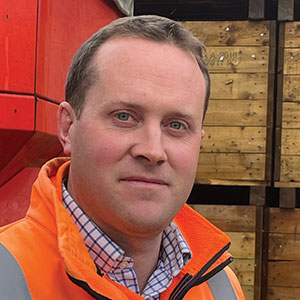
Jack Smith © MAG/Richard Allison
East Anglia: Jack Smith, AG Wright & Son, Hermitage Farm, Haddenham, Cambridgeshire
Farm size 1,830ha
Cropping Wheat, OSR, potatoes, beans, spring barley, Countryside Stewardship
Favourite piece of kit Spade
Safety, quality and quantity – in that order – are key requirements for Jack Smith on the East Anglian farm he manages. Growing 250ha of potatoes, alongside more than 1,000ha of combinable crops, he says long-term profitability is also critical.
Challenges in 2024 will be to tailor crop programmes to optimize cereal performance after a difficult autumn, managing cultivations and drainage during the summer to rectify and mitigate soil damage, as well as establishing potatoes successfully and efficiently.
In the longer term, the aim is to build resilience in the farm’s wide variety of soil types, from sandy loams to peat, while continuing to grow high-quality and high-yielding crops in ever more volatile weather patterns.

